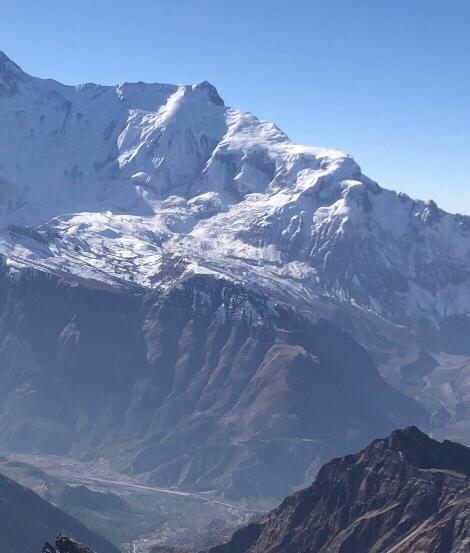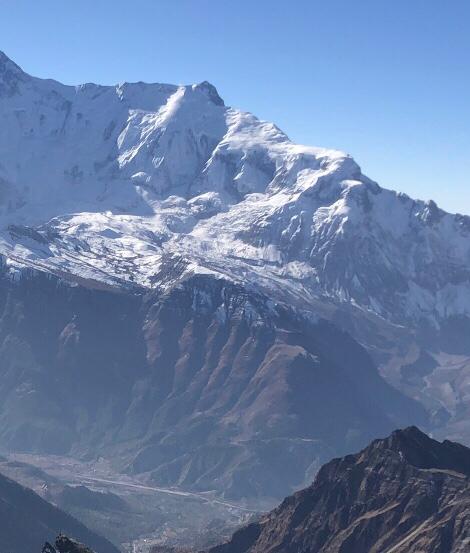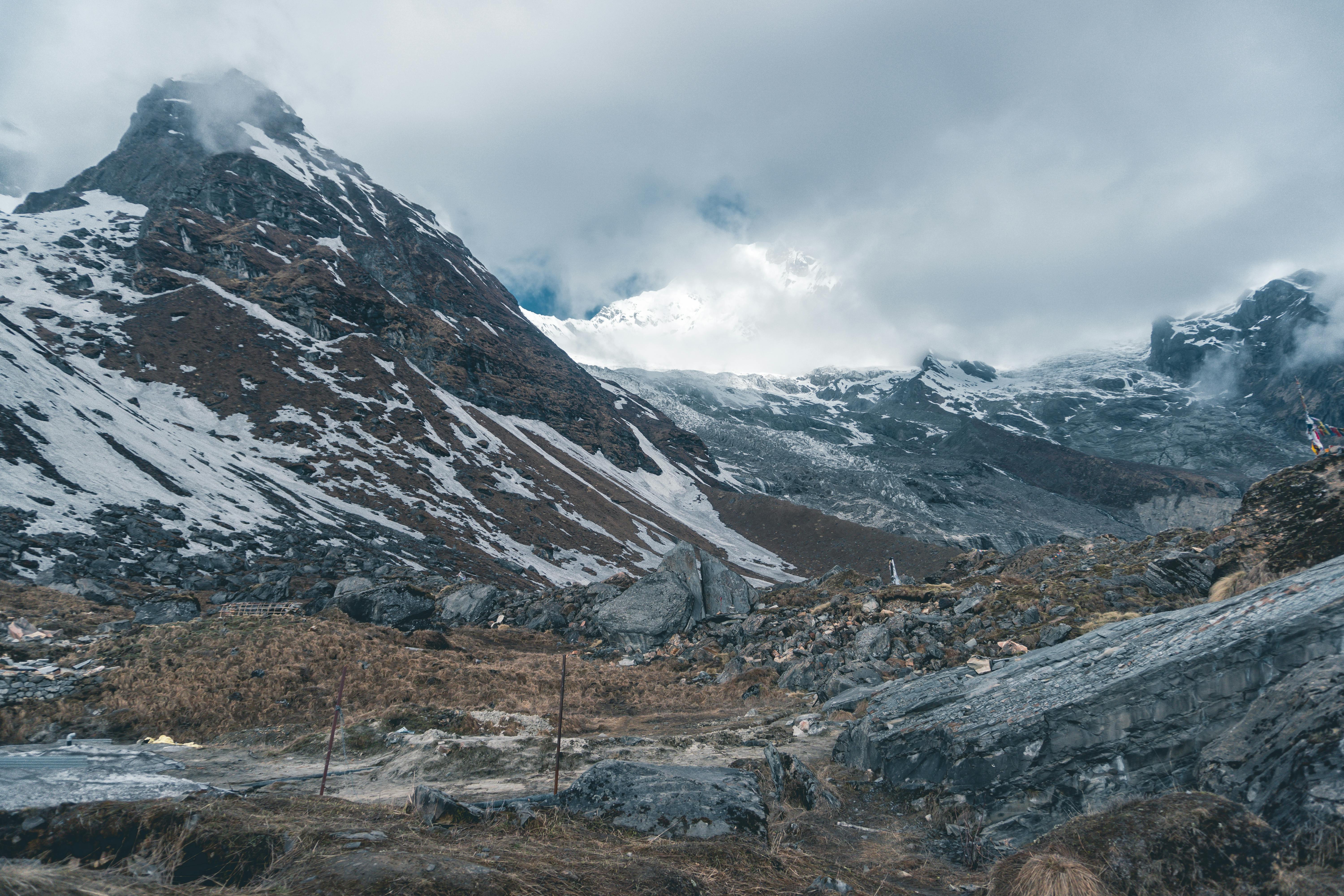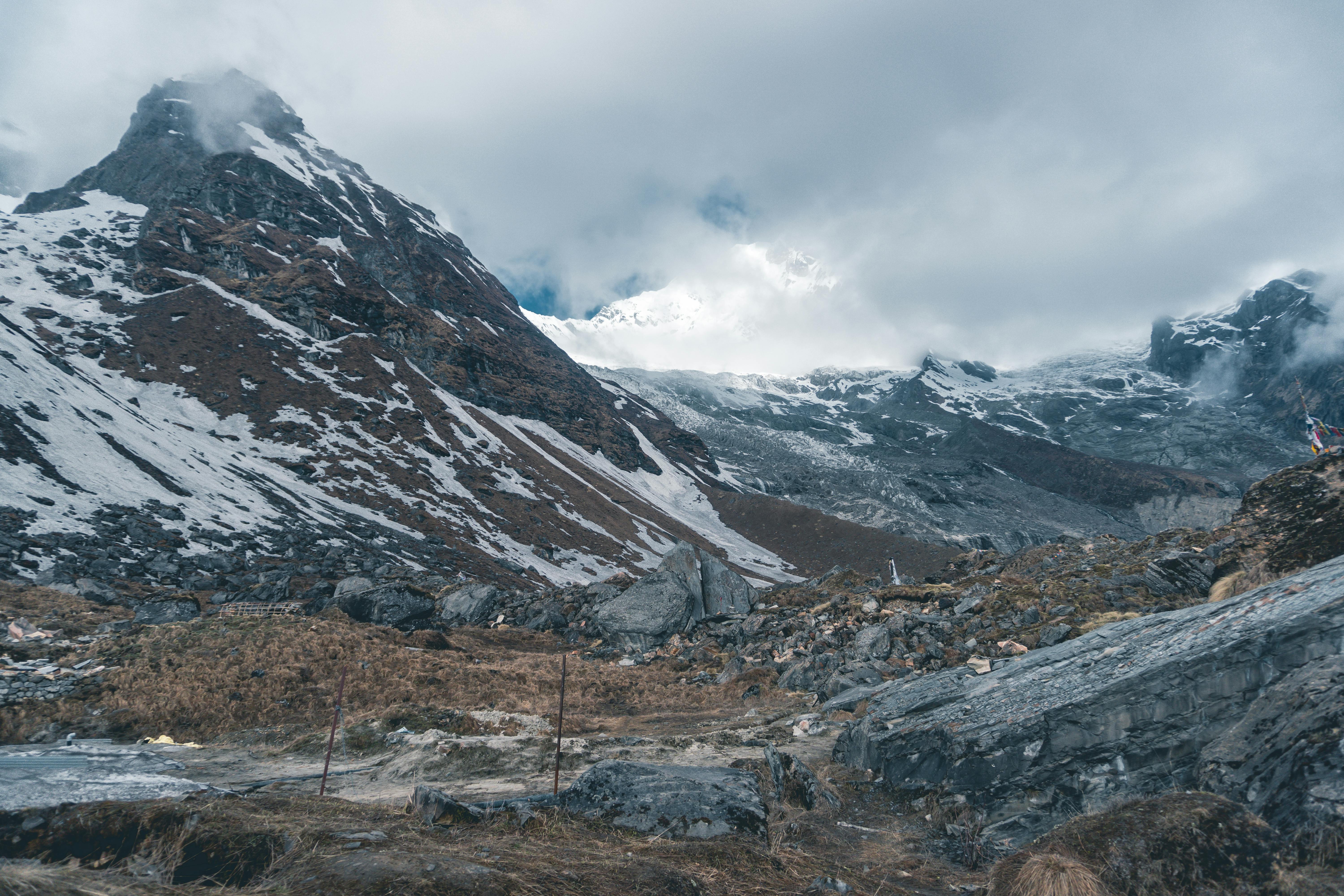The Annapurna Circuit Trek is widely regarded as one of the most spectacular and varied trekking routes in the world. This 15-day journey traverses a dramatic arc around the Annapurna Massif, offering an immersive experience of Nepal’s incredible topographical and cultural diversity. Beginning from the lowland town of Besisahar, the trail gradually climbs through subtropical forests and terraced rice fields before entering pine forests, alpine meadows, and ultimately the stark, windswept landscapes of the trans-Himalayan region near the Tibetan plateau. The trek seamlessly blends natural grandeur with deep cultural encounters, offering something for every type of adventurer.
As you ascend, the cultural richness becomes increasingly pronounced, especially in villages like Manang, Pisang, and Braga, where Tibetan-Buddhist traditions are still vibrantly practiced. Mani walls, prayer flags, and ancient monasteries dot the trail, offering moments of reflection and connection. You’ll share the path with yak herders, local villagers, and fellow trekkers from all over the world, creating a unique international atmosphere. The acclimatization days in Manang not only help your body adjust to the altitude but also allow time to explore high-altitude lakes, ridges, and local traditions that make this region so compelling.
A true highlight of the circuit is the side trip to Tilicho Lake (4,919 meters), a pristine, high-altitude body of water framed by glaciers and snowy summits. Considered sacred by both Hindus and Buddhists, the lake adds a sense of mystery and serenity to the journey. The trek’s ultimate physical challenge, however, is the crossing of Thorong La Pass (5,416 meters), one of the highest trekking passes in the world. Reaching the pass is both a demanding and deeply rewarding moment, offering panoramic views of the Annapurna, Gangapurna, and Dhaulagiri ranges before descending dramatically into the Kali Gandaki Gorge, the deepest gorge on Earth.
Travel Notes:
Best Time to Trek
-
Autumn (September - November): Clear skies and stable weather offer the best visibility and trekking conditions.
-
Spring (March - May): Warmer temperatures with rhododendron blooms, though occasional afternoon clouds may appear.
Permits Required
-
Annapurna Conservation Area Permit (ACAP)
-
Trekkers' Information Management System (TIMS) Card
Experience Needed
-
Moderate trekking experience recommended
-
Good physical fitness required due to high altitudes and long trekking days
Acclimatization
-
Included rest and acclimatization days ensure gradual altitude adjustment to reduce risks of altitude sickness.











